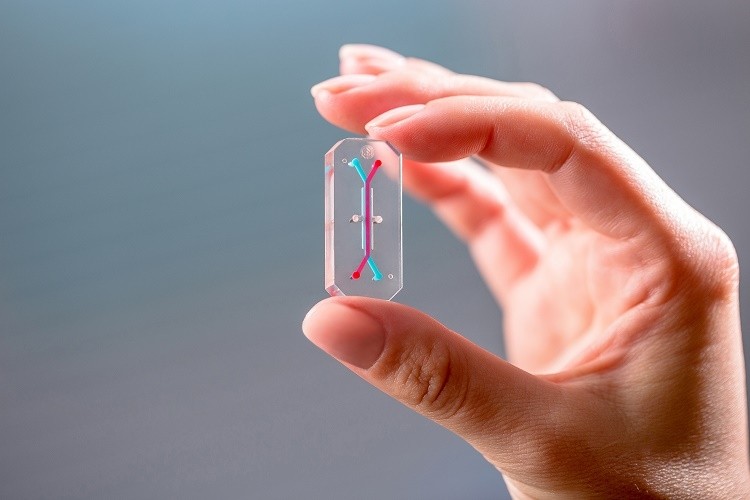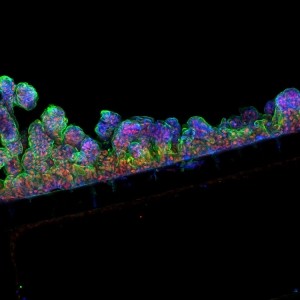AstraZeneca and Emulate sign strategic agreement to advance Organ-on-Chips tech

As per the agreement, Emulate will embed its technology in the laboratories of AstraZeneca’s Innovative Medicines and Early Development (IMED) Biotech Unit.
AstraZeneca began collaborating on the technology in 2013, before Emulate was spun out of the Wyss Institute at Harvard University in July 2014. After having worked with the technology for more than five years, Lorna Ewart, PhD, head of microphysiological systems center of excellence at AstraZeneca, said the company is now looking to apply it across all therapy areas to study the safety and efficacy of new drug candidates.
“With this strategic agreement, AstraZeneca is the first pharmaceutical company to embed Organ-Chips into our own laboratories,” Ewart told us. “Our aims for the future are to improve R&D decision making by more accurately predicting the adverse and non-adverse effects of new drug candidates, as well as gain deeper insights into disease mechanisms – with the overall goal to accelerate drug discovery.”

Emulate’s Organs-on-Chips technology is comprised of instrumentation, software apps, and the Organ-Chips, which contain hollow channels lined with living human cells and tissues. Approximately the size of an AA battery, an Organ-Chip recreates the natural physiology and mechanical forces that cells experience within the human body, according to the company.
Additionally, the companies will work to develop the functionality of three other Emulate Organ-Chips: the Lung Tumor-Chip, Lung-Chip, and Glomerulus Kidney-Chip. Also as part of the agreement, Emulate plans to co-locate scientists within AstraZeneca’s laboratories.
Geraldine Hamilton, president and chief scientific officer of Emulate, said the new partnership with AstraZeneca is an example of how the company can progress towards its goal of “increasing the success of drug discovery and development” by using its Human Emulation System.
Emulate has established collaborations with several pharmaceutical companies, including Roche, Takeda, and now, AstraZeneca. The company also has collaborations with Merck and Janssen/J&J.
As Emulate aims to democratize its Organs-on-Chips technology and establish it as a standard in the industry, Hamilton said collaborations are a key component of the strategy.
“Working with leaders in the pharmaceutical industry allows us to drive adoption of our products across the entire drug development process, from discovery to the clinic, for predicting human safety and efficacy of new medicines,” she added.
Hamilton said the company is seeing “strong momentum” for the adoption of its technology in the pharmaceutical industry. The company is now establishing a new model for how the Organ-on-Chips technology can be integrated into the labs and workflows of pharma and other industries, she explained.
“A particular area of expansion in the near-term is to extend the use of our products to enable modeling of diseases, to gain new insights into the mechanisms of disease to help researchers discover new drug targets and then design new medicines,” said Hamilton.
“Over the next five years, we expect progress with standardizing our Human Emulation System as the technology platform for use by drug developers and by regulatory agencies,” she added.
In the future, the company expects the technology will help reduce the number of animals used in research while making drug discovery and development more cost-effective and efficient. Hamilton said: “We also envision applications of our products for use in personalized drug safety and precision medicine.”

















